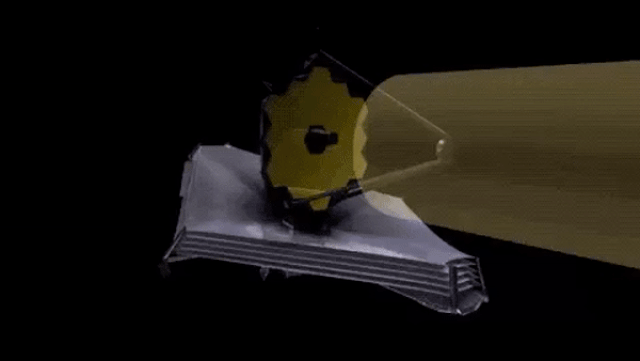
There's good news and bad news about the James Webb Space Telescope.
The bad news is that one of the 'scope's instruments named the Mid-Infrared Instrument, or MIRI, has experienced a bit of an anomaly. But before you get too worried, the good news is that the James Webb Space Telescope (JWST) is still happy, healthy and heartily able to continue decoding the invisible universe for us.
Basically, in April, the JWST team announced that one of MIRI's four observing modes indicated a reduction in the amount of light registered by the instrument. However, after conducting an investigation into the issue, NASA said this change doesn't pose a risk to MIRI's science capabilities. "There is no risk to the instrument," NASA said in a blog post on Thursday (Aug. 24).
Related: James Webb Space Telescope confirms 'Maisie's galaxy' is one of the earliest ever seen
Although, the anomaly might have an impact on the amount of exposure time needed when the instrument switches to the particular mode that's been affected.
The mode at hand, called Medium-Resolution Spectroscopy (MRS), is calibrated to obtain infrared data coming from distant regions of the cosmos associated with wavelengths between 5 and 28.5 microns. That range, according to NASA, is where emission from molecules and dust are typically found, making MRS perfect for finding things like planet-forming disks. But, as NASA explains in the blog post, the reduced signal is specific for MIRI imaging at the longer wavelengths specifically.
One of MIRI's other modes, called Low-Resolution Spectrography that specializes in wavelengths between 5 and 12 microns normally connected to object surfaces (like planets), is operating normally, the team says. A fourth MIRI mode, called Coronagraphic Imaging, is currently under investigation. That mode is programmed to directly detect exoplanets and dust disks around host stars through a mechanism known as coronagraphy, which relies on blocking light from one source to gather data about surrounding sources.
The JWST team also confirmed that the observatory is generally in "good health," and that "each of Webb's other scientific instruments remain unaffected." Those instruments include its Near-Infrared Camera (NIRCam), Near-Infrared Spectrograph (NIRSpec), Near-Infrared Imager and Slitless Spectrograph (NIRISS) and Fine Guidance Sensor (FGS).







